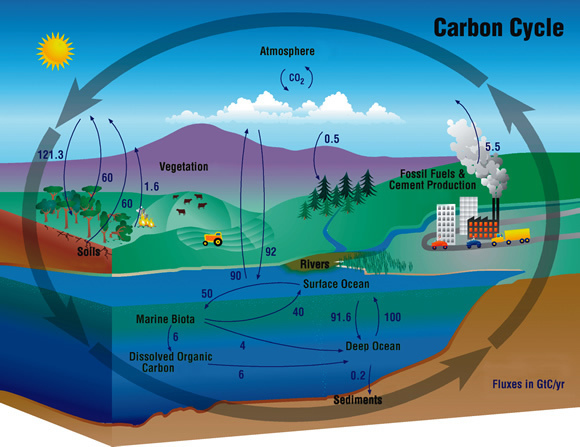How do we clear the air on carbon emissions?
Posted by Daniel Hoornweg on July 18, 2018

In the time it takes you to read this article, more than 2,000 tonnes of carbon dioxide (CO2) will be dumped into the Earth’s atmosphere. Each Canadian, on average, is responsible for creating 22 tonnes of CO2 annually.
We can argue over the numbers and priorities. In cities like Lagos, Nigeria or Lusaka, Zambia, access to clean energy and water is far more important than reducing carbon emissions.
In our hearts, we know the truth, yet we fight the limits. We say no to tolls and taxes. We still want big cars and spacious lawns. We vote for governments that suggest this is all still possible; after all climate change is just one of the many challenges we face.
Scientists suggest 350 parts-per-million (ppm) is the safe limit for CO2 concentration in the atmosphere. Above that, the weather starts to get ‘weird’. The world is on track to surpass 450 ppm before 2050, likely resulting in a 2oC increase in global average temperature. This changes everything.
When humanity ushered in the Industrial Revolution with burning of fossil fuels, levels of CO2 were a stable 280 ppm. We are now above 410 ppm, and increasing by more than 3 ppm per year.
In Ontario, the only way we can meet our carbon reduction targets (80% lower by 2050, and agreed to by the Government of Canada and all political parties in the last provincial election) is to fundamentally shift transportation, and change the way we heat and cool our buildings, especially our houses. In theory, we could do it–but it is a good bet that we won’t. Nor will the rest of the world, especially the fast urbanizing parts of Asia and Africa (by 2050 another 2.5 billion people will live in energy-intensive cities).
Like financial deficits, we hand this CO2 challenge to our children and post-secondary graduates. Students now need to learn terms like geoengineering (a very scary prospect), environmental refugees, low-carbon energy, climate adaptation, evidence-based policy, determined contributions, and hopefully responsibility. Whether citizens like it or not, the atmosphere’s CO2 limits are real.
This op-ed was also published by DurhamRegion.com on July 5, 2018.
Filed under: Sustainability 101